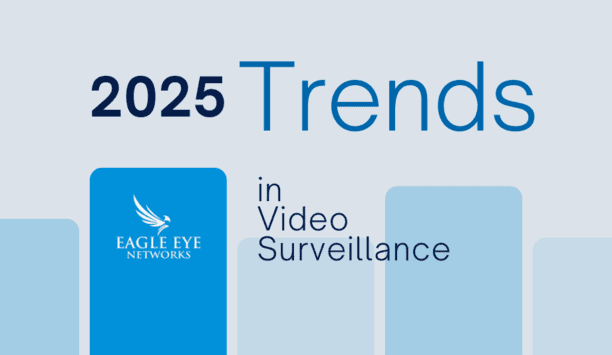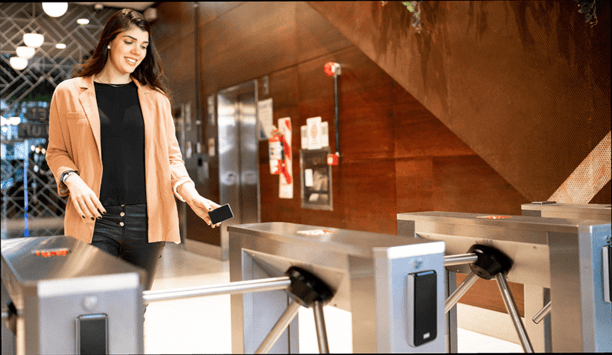Nedap Security ON AIR - Episode 2 - Implementing centralised access control
This episode covers the key topic of how to implement centralised access control, where to start and what are the challenges?
Centralised access control is when there is one unified system for all locations – even those spread across several continents. There is one global security policy and the system is managed centrally.
The challenges of centralising access control
Although centralised access control brings a whole raft of benefits, it’s not without challenges. Users need to ensure that the access control system selected allows adding new locations easily. And there is a need to be able to adapt the system to meet the local needs of each location, while also following the global policy.
The sheer scale and complexity of unifying security internationally can also feel overwhelming. Users are often faced with managing different cultures, languages, laws and more. That’s why Nedap created the Enterprise Programme. It’s designed to remove the stress of streamlining security for multinationals, while realising the benefits of well-planned, centralised access control.
The benefits of centralised access control
Centralising access control brings a range of far-reaching benefits. They include:
- Increased mobility and convenience – People can access any of the locations (for which they have access rights) using just one card or identifier.
- Improved efficiency – Users can dramatically reduce the hours needed to manage and operate your system.
- Cost savings – Users only have one system to set up and maintain and can take advantage of economies of scale when investing in it.
- Future-proofing – With just one system, it’s easier to keep it up to date and adapt it to meet the future needs and risks.
2025 Trends in video surveillance
Download7 proven solutions for law enforcement key control and asset management
DownloadMaximising security and performance
DownloadGuide for HAAS: New choice of SMB security system
DownloadThe truth behind 9 mobile access myths
Download




